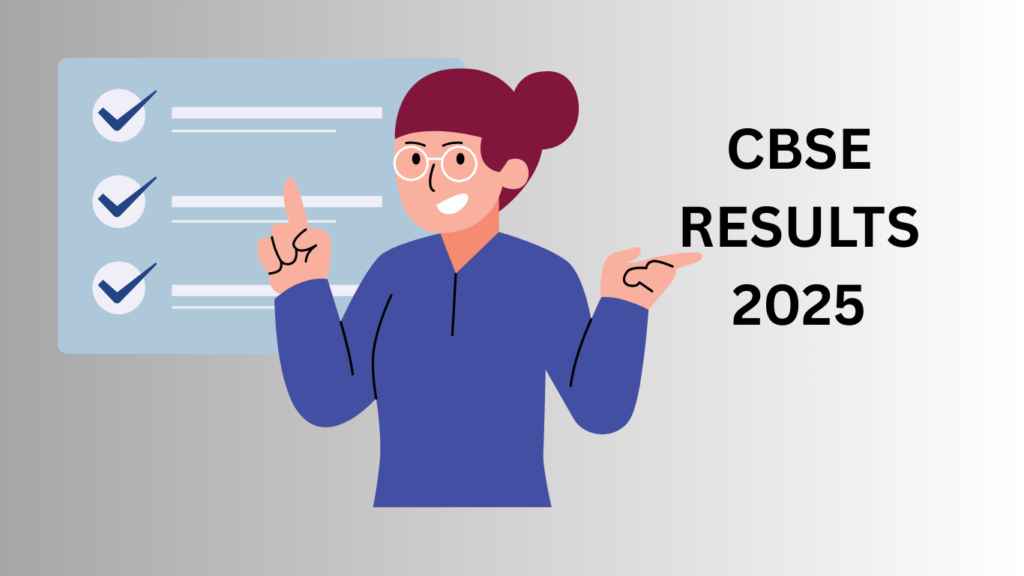
CBSE result Last year, the pass percentage of Class 10 stood at 93.60%, showing an increase of 0.48% from the previous year. Jawahar Navodaya Vidyalaya (JNV) and Kendriya Vidyalaya (KV) performed exceptionally well, achieving a pass percentage of 99.09%. For Class 12, the pass percentage stood at 87.98%, with Trivandrum region emerging as the top performer.
Class 10, 12 this year 2025: CBSE conducted the Class 10 and 12 exams from February 15 to March 13, 2025, in which around 38 lakh students appeared. The results are expected to be declared in the second week of May 2025 on the official website cbseresults.nic.in.
Of course! Here is the unique, latest information about CBSE Result 2025:
The Central Board of Secondary Education (CBSE) is soon going to announce the much-awaited CBSE Result 2025, which marks an important chapter in the academic journey of millions of students across India. With the exams having concluded earlier this year under revised guidelines, students of both Class 10 and Class 12 are eagerly waiting for their results.
Following CBSE’s tradition of technological advancement, the 2025 results will be available online through the official websites – cbseresults.nic.in and cbse.gov.in as well as through DigiLocker, SMS services and the UMANG app. This multi-platform approach ensures that students can access their scores in a convenient and secure manner.
Key highlights for CBSE Result 2025:
– Release date: Expected in May 2025, Class 10 and 12 results are typically announced at intervals of a few days.
– Result format: Apart from the traditional marks, students may also get skill-based assessment comments as CBSE continues to emphasise on holistic education.
– Accessing results: Students will need their roll number, school number, date of birth and admit card ID to view and download their marksheet.
– New initiatives: CBSE has indicated the integration of AI tools this year for error-free assessment and quick processing of results.
In 2025, CBSE has also introduced reforms to promote more competency-based learning, which may be reflected in overall performance trends. Experts suggest that this change may lead to a more equitable distribution of marks and less pressure on rote learning.
What after CBSE results?
After the results, students are confused about what to do next.
For Class 10 students, the focus will be on choosing the right stream for higher secondary education – science, commerce, or humanities – based on their interests and marks. Meanwhile, Class 12 students will prepare for college entrance exams, competitive exams, and other professional courses.

Tips for students after results:
– No matter what the result is, stay calm. Remember, results are just one part of your journey.
– Explore multiple career and educational options instead of limiting yourself to one path.
– Seek counselling or guidance if you feel overwhelmed.
– Keep a copy of your digital and physical mark sheets for future reference.
Curriculum
Secondary (Class 9-10):
Subjects are core and skill-based:
Core subjects: Science, Mathematics, Social Sciences, English, Hindi/other language.
Optional subjects: Computer applications, artificial intelligence, physical education, arts, and more (skill subjects are encouraged).
Students prepare for Class 10 board exams.
Senior Secondary (Class 11-12):
Students choose streams:
Science stream: Physics, Chemistry, Mathematics, Biology, Computer Science, Biotechnology, etc.
Commerce stream: Accountancy, Business Studies, Economics, Mathematics, Entrepreneurship.
Humanities/Arts stream: History, Political Science, Sociology, Psychology, Geography, Fine Arts, etc.
English is compulsory, and students can choose optional optional subjects.
Class 12 board exams + preparation for competitive exams (JEE, NEET, CUET, etc.).